Assalamu Alaikum/Hello
Friends of my blurt space Community
I'm @sawfin001 from Bangladesh
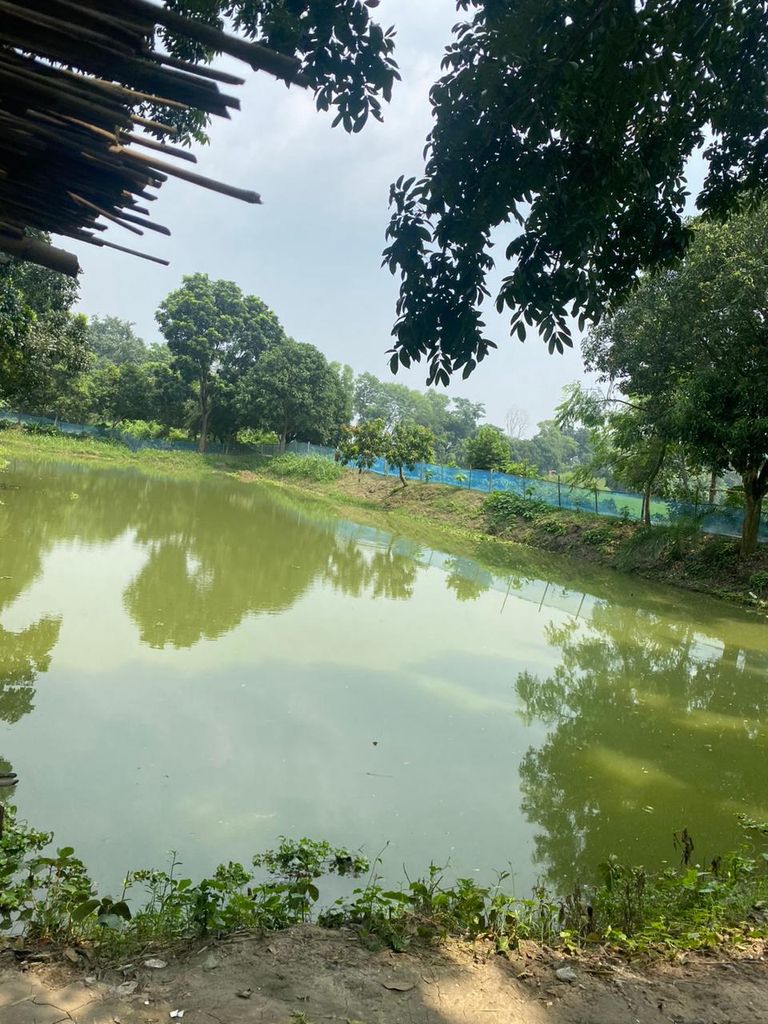
Village photography offers a unique and charming canvas for capturing the simple yet profound beauty of rural life. Unlike the urban environment, where the hustle and bustle dominate, villages are tranquil spaces rich in natural beauty, culture, and tradition. The serenity of the surroundings, the harmonious relationship between the people and their land, and the authenticity of their way of life create compelling subjects for photography. In this guide, I will explore the various aspects of village life and environments that make for captivating photographic subjects, alongside some tips and ideas to help you capture these moments effectively.
- Landscape Photography in Villages
The rural landscape provides endless opportunities for breathtaking shots. Rolling fields, meandering rivers, hills, and patches of forest offer a natural beauty that feels unspoiled by modernity. Early morning and late afternoon light, known as the "golden hour," is ideal for capturing these scenes. The soft, warm tones of the sunlight enhance the colors of the landscape, giving your photos a more dreamy, peaceful quality.
Wide-angle lenses work great for capturing expansive village landscapes. You might find that fields stretch as far as the eye can see, with clusters of trees, thatched cottages, or grazing livestock creating focal points in your compositions. A misty morning over the fields or a setting sun behind a line of trees can evoke a sense of nostalgia and peace, perfectly encapsulating the village's mood.
Key Elements:
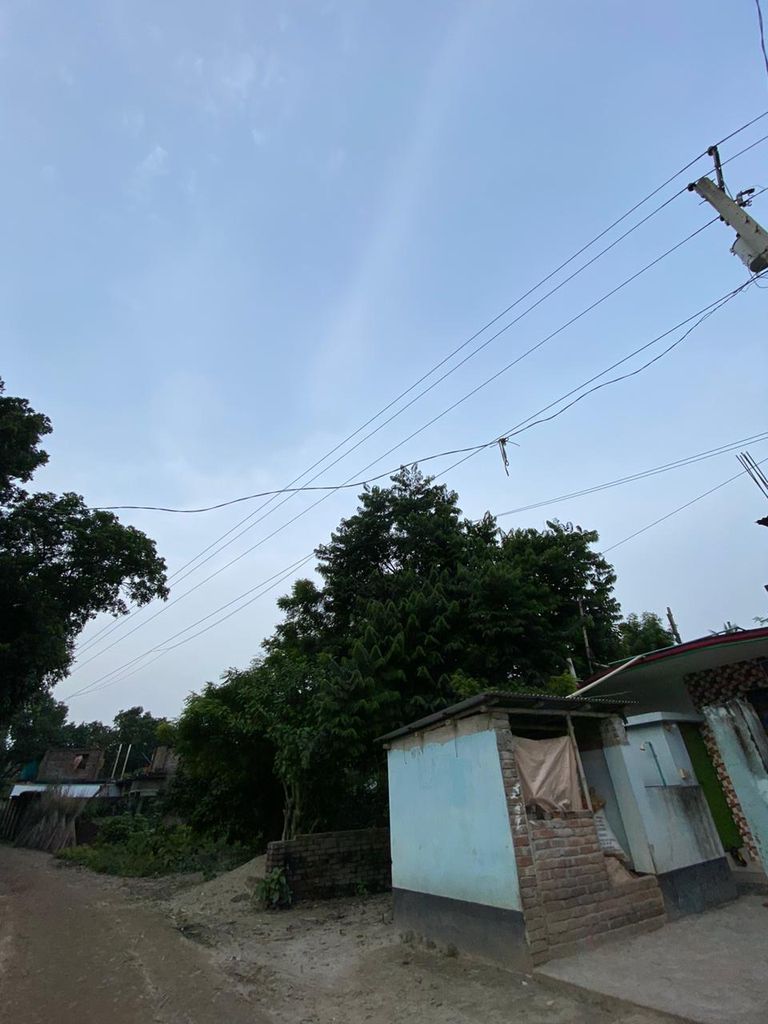
Rolling hills and fields.
Farmhouses, barns, and rural architecture.
Livestock such as cows, sheep, and horses.
Seasonal elements, such as blooming flowers or snow-covered fields.
- Portrait Photography
Village life is deeply tied to the people who live there. The weathered faces of farmers, the playfulness of children, and the wisdom in the eyes of the elderly all make for compelling portraits. When photographing people in a village setting, the goal is to capture their essence—whether it's a farmer tending his field, an elderly woman weaving, or a group of children playing by a river.
The beauty of rural portrait photography lies in its authenticity. There's little need for staged shots; candid moments work best here. You can catch people going about their daily activities, unaware of the camera. However, it’s also essential to approach your subjects with respect and seek their permission where appropriate, especially when photographing close-ups.
Pay attention to the surrounding environment. Villages offer beautiful backdrops like mud houses, thatched roofs, and crops that enhance the storytelling aspect of your portrait photography. Incorporating these elements can give a better sense of place and context.
Key Elements:
Facial expressions and emotions.
The interplay of natural light on the skin.
Traditional clothing and attire.
Hands at work (e.g., plowing, knitting, or harvesting).
- Traditional Village Activities and Festivals
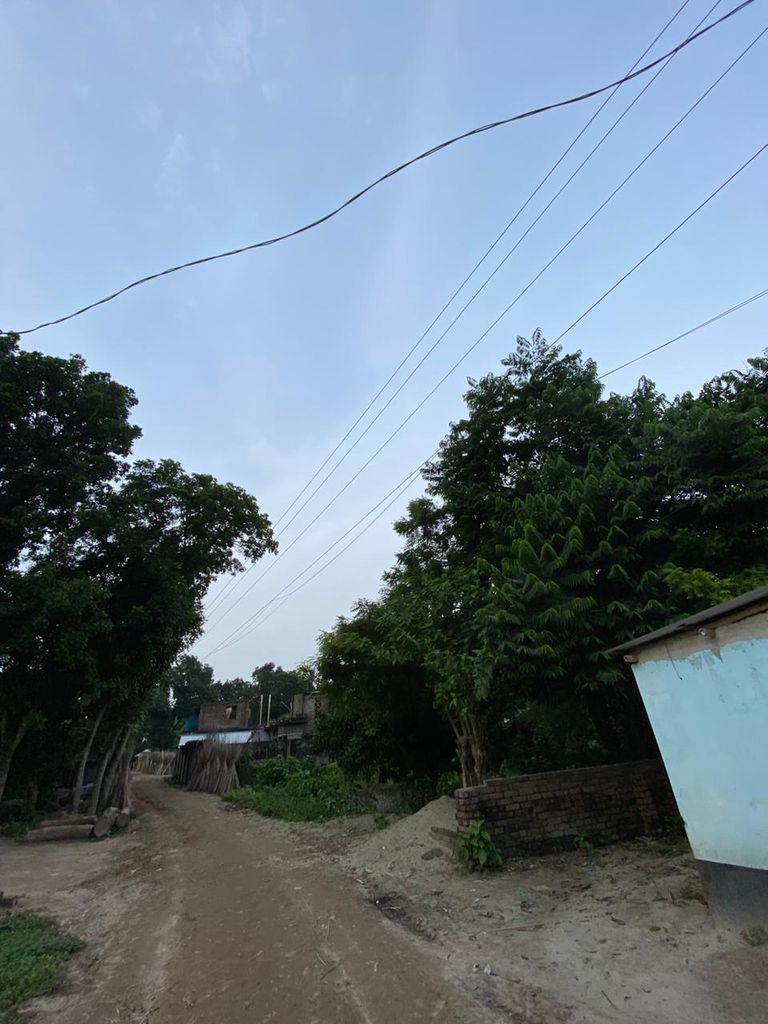
Village life is often punctuated by traditional activities that have been passed down through generations. These are great moments to capture the cultural richness of rural life. Harvesting crops, plowing fields with oxen, making handicrafts, or even preparing meals with firewood offer beautiful, textured scenes filled with action and significance.
Festivals and religious ceremonies in villages are also fantastic opportunities for capturing vibrant colors, emotional expressions, and a sense of community. Many villages celebrate festivals linked to the agricultural calendar, with rituals and traditions that have deep cultural meaning. Whether it’s a harvest festival or a religious procession, these moments are full of life and provide opportunities for dynamic and lively photography.
Key Elements:
Tools, implements, and machinery being used.
Group activities, such as community gatherings.
Festivals, colorful traditional clothing, and decor.
Motion and action shots (e.g., dancing, farming, or cooking).
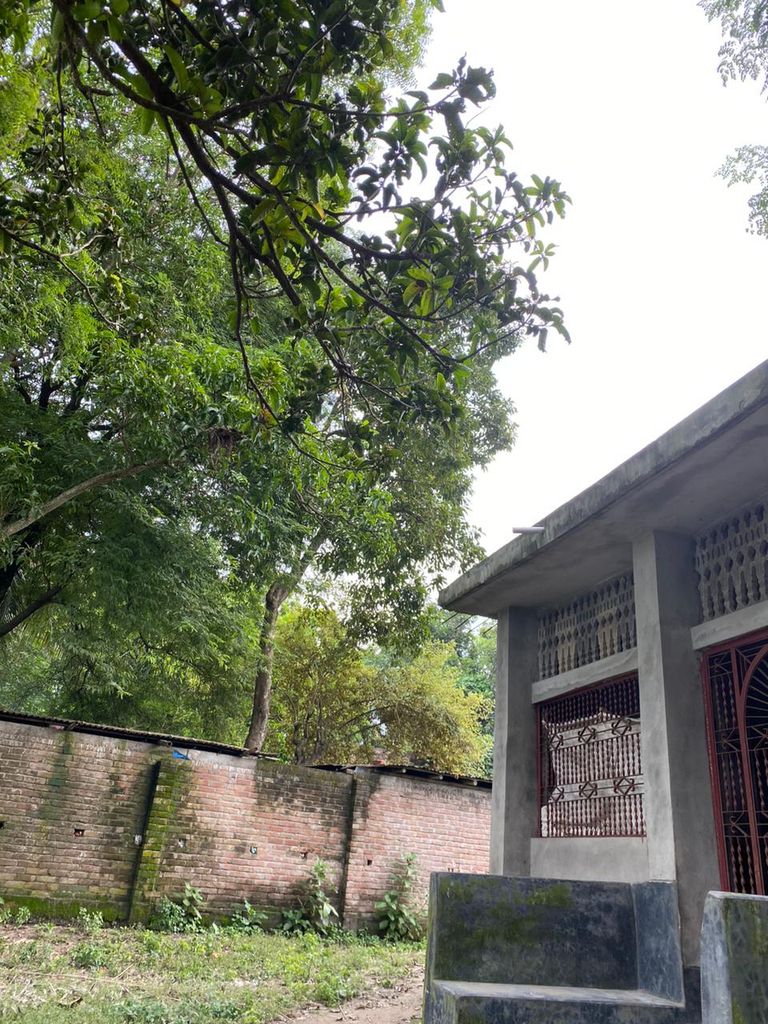
- Rural Architecture and Homes
The architecture in villages varies widely depending on the region, but there’s always a sense of harmony between the structures and the environment. Mud walls, thatched roofs, bamboo fences, and small vegetable gardens are common features of village homes. These homes often reflect the creativity and resourcefulness of the villagers, using locally available materials to construct simple but beautiful dwellings.
Photographing rural architecture allows you to document the lifestyle of the village. Wide shots of the homes with surrounding trees, or detailed shots of textures like the cracked mud walls, straw roofs, and handmade wooden doors, are all valuable ways of capturing the charm of village life. During different seasons, the homes might be framed by flowers, vegetables, or snow, adding even more variation to your shots.
Key Elements:
Architecture materials (wood, mud, straw).
Decorations like hanging garlands or religious symbols.
Unique features like open courtyards or verandas.
Local tools or items stored outside homes (bicycles, baskets, etc.).
- Wildlife and Domestic Animals
Villages often coexist with nature, and a walk through rural areas can offer a chance to spot wildlife or capture domesticated animals that play a key role in daily life. Cows, goats, chickens, and oxen are common sights, often roaming freely around the fields or yards. These animals are a major part of the village ecosystem, contributing to farming, transportation, and even companionship.
Wildlife in rural areas might include birds, insects, or the occasional larger animal. Nature photography enthusiasts can focus on these smaller details, capturing the interaction between animals and their environment, whether it's a bird perched on a fence or a goat nibbling on a patch of grass.
Key Elements:
Livestock (cows, goats, chickens, etc.) in their daily activities.
Birds, insects, and other local wildlife.
Interaction between humans and animals (e.g., milking cows, herding goats).
Seasonal wildlife (e.g., migratory birds).
- Capturing Rural Weather and Seasons
Villages go through distinct seasonal changes that affect everything from the landscape to the daily lives of its people. Each season offers a different mood and atmosphere for photography. Spring might bring blooming flowers and vibrant green fields, while summer could mean golden crops ready for harvest. In autumn, villages can be enveloped in the warm colors of falling leaves, and in winter, they may be blanketed in snow.
Weather plays a significant role too. Misty mornings, rainy days, or bright sun-drenched afternoons provide dramatic changes in lighting, which photographers can use to evoke different emotions. A foggy morning, with only the silhouette of a distant farmhouse visible, can create a sense of mystery, while a bright and sunny day might make for cheerful, uplifting photographs.
Key Elements:
Weather patterns (fog, rain, sun).
Seasonal elements (blooming flowers, ripe crops, snow).
Changing light conditions throughout the day.
Interaction of weather with village life (e.g., farmers working in the rain).
- Children and Family Life
Children in villages often have a closer relationship with nature, playing games in the fields, swimming in rivers, or helping their parents with chores. These moments of joy and innocence can make for wonderful, spontaneous photographs. The playful energy of children contrasts with the tranquil backdrop of village life, offering dynamic compositions full of movement.
Family life, too, is at the heart of rural existence. Multi-generational families often live under one roof, working together to sustain their way of life. Capturing a family gathered around a meal, or the tender interaction between a grandparent and child, can give your photos an emotional depth that resonates with viewers.
Key Elements:
Children playing traditional village games.
Family gatherings, communal activities.
Daily life scenes (e.g., cooking, washing, tending animals).
Emotional interactions between family members.
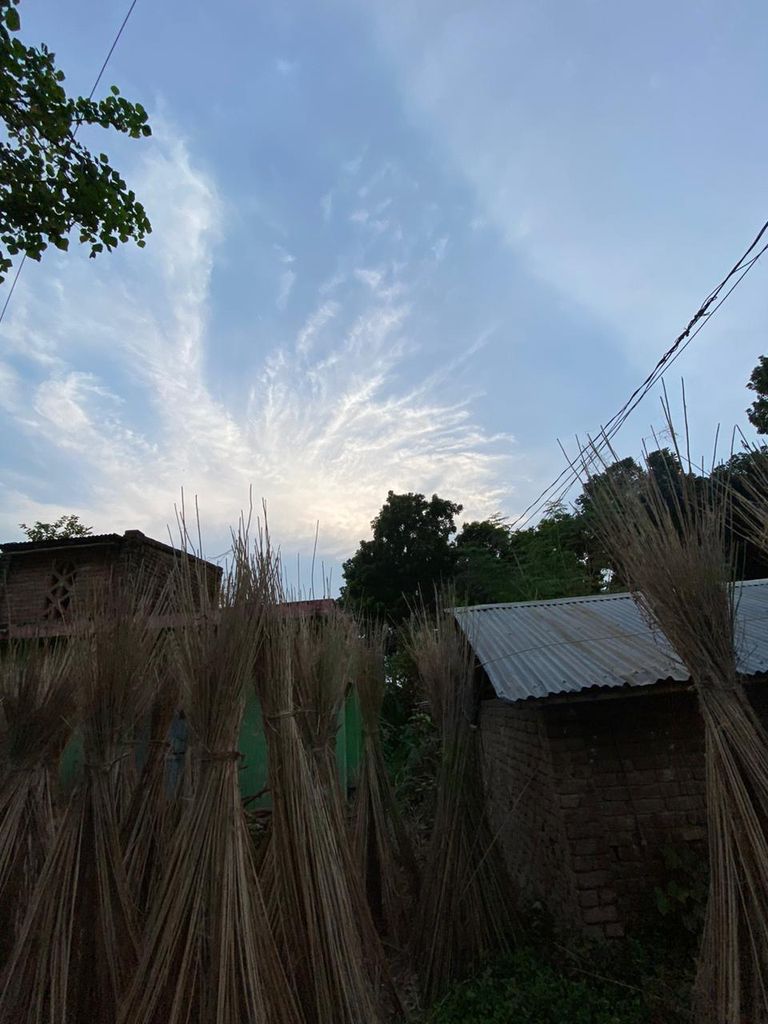
Thank You